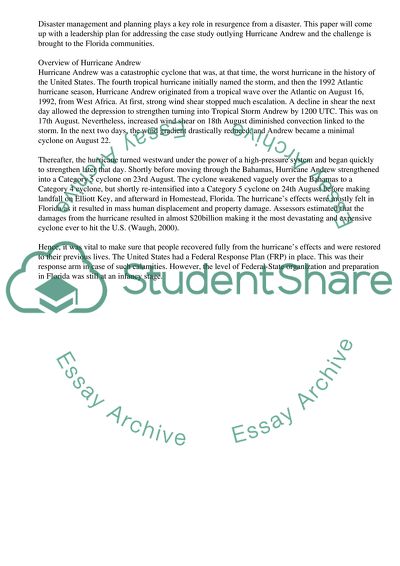Cite this document
(Leadership Plan for Hurricane Andrew Case Study, n.d.)
Leadership Plan for Hurricane Andrew Case Study. Retrieved from https://studentshare.org/management/1601264-leadership-plan-for-hurricane-andrew
Leadership Plan for Hurricane Andrew Case Study. Retrieved from https://studentshare.org/management/1601264-leadership-plan-for-hurricane-andrew
(Leadership Plan for Hurricane Andrew Case Study)
Leadership Plan for Hurricane Andrew Case Study. https://studentshare.org/management/1601264-leadership-plan-for-hurricane-andrew.
Leadership Plan for Hurricane Andrew Case Study. https://studentshare.org/management/1601264-leadership-plan-for-hurricane-andrew.
“Leadership Plan for Hurricane Andrew Case Study”. https://studentshare.org/management/1601264-leadership-plan-for-hurricane-andrew.


